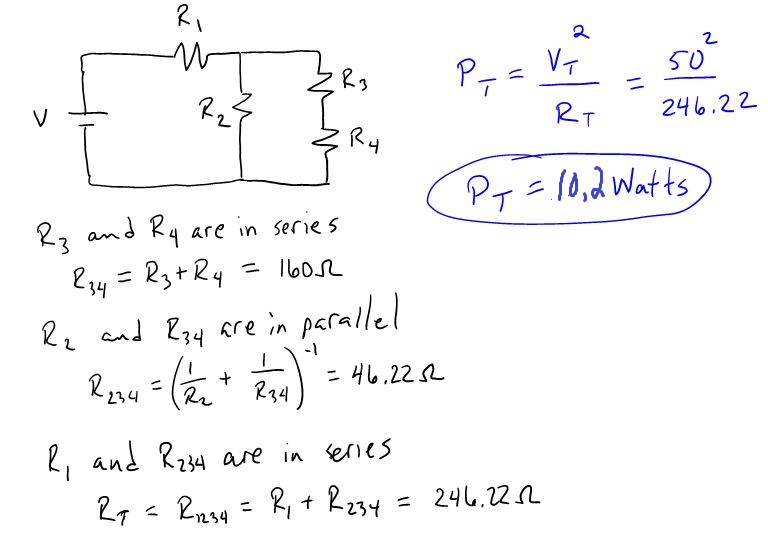Review of Power
Recall that power describes the rate at which energy is used or work is done. As a rate, the unit for power includes time. Power is oficially measured in Watts, where a Watt is equal to a Joule/second.
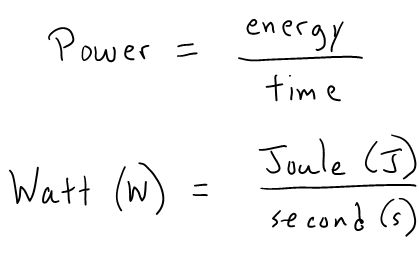
Electrical energy is often measured in a unit call the kilowatt-hour. Although this unit contains the word watt, it is a unit of energy, not power (based on the idea that energy = power × time).

Electrical Units and New Formulas for Power
The Volt

The Ampere

Putting them together to get Watts
By multiplying voltage by current, the combination of units becomes a Joule/second or a Watt.
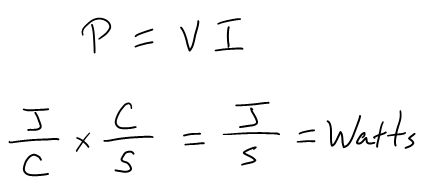
Since both voltage and current can be expressed in terms of Ohm's Law, we can write the formula for electrical power in the following three ways:
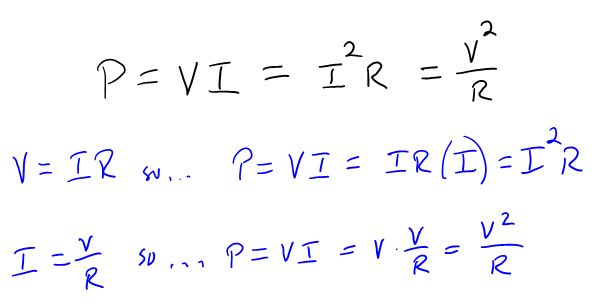
Example 1 - Is your light bulb on?
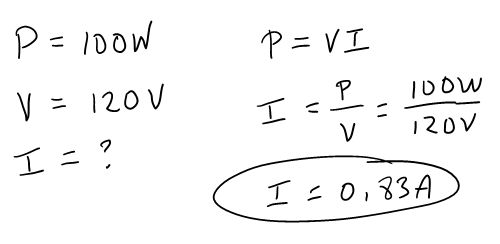
Example 2 - Blown fuse
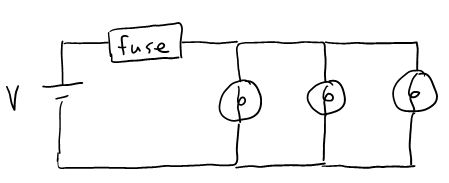
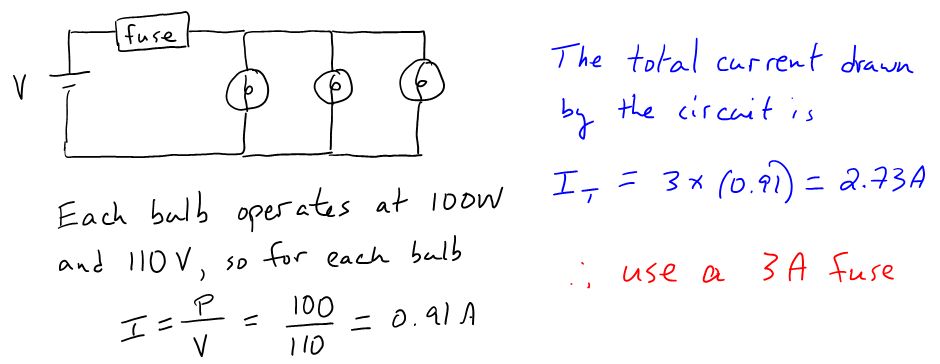
Example - Power to the Resistance!

